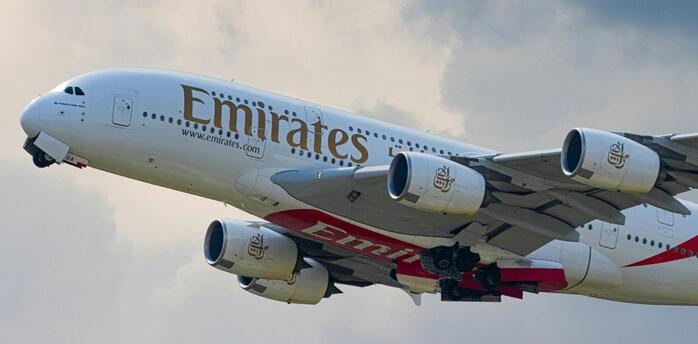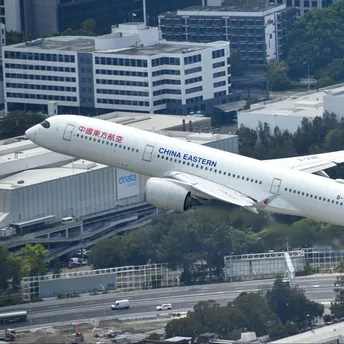Emirates Expands East: New Route to Hangzhou Offers Travelers New Gateway to Eastern China

Emirates has launched daily service to Hangzhou, adding it as the fifth mainland Chinese destination in its network. Emirates began operating the route on July 30, offering travelers a simpler and more direct path into eastern China. By skipping busier hubs like Beijing and Shanghai, the new route offers a smoother entry into a fast-growing region and fits into a broader shift in global travel toward more flexible, decentralized connections.
The route is especially useful for both business and leisure travelers. Flights leave Dubai in the morning and reach Hangzhou by evening, while the return flight departs shortly after midnight. The schedule connects easily with Emirates’ wider network, linking over 40 cities in Europe and 20 in Africa. This helps travelers from outside Asia get to China with less hassle, fewer layovers and a more straightforward trip.
Hangzhou is now a popular spot for travelers thanks to its growing importance and easy access to the region. Hangzhou is a leading tech center in China and also attracts travelers with its scenic views, rich cultural history, and modern urban comforts. Situated in the Yangtze River Delta, it offers easy access to nearby cities and surrounding areas. Hangzhou gives many travelers a chance to explore a less touristy, more authentic side of China that’s often missed by traditional travel routes.
The real advantage becomes clear when you look at local transport options. From Hangzhou, travelers can quickly reach cities like Shanghai, Nanjing, and Suzhou by high-speed train or short-haul flights. This makes it easier to travel through eastern China without relying on long layovers in overcrowded airports. Independent travelers and regional business visitors alike benefit from the improved connections.
By flying into secondary cities like Hangzhou, travelers can get closer to where they actually want to go. This helps travelers skip the need to circle back to major airports and gives them more freedom to plan routes that fit their own travel goals. It’s a welcome shift for people planning multi-stop trips across Asia or focusing on lesser-known destinations within China.
That flexibility, however, also means travelers need to be better prepared. Getting around, making bookings, or simply checking directions often depends on having a strong internet connection. In China, where many daily services are app-based, staying online isn’t just helpful - it’s necessary. That’s why reliable mobile connectivity has become an essential part of international travel.

An increasingly popular option is using eSIMs, which let travelers connect to mobile data without needing to change physical SIM cards. Services like GigSky offer plans that work in over 190 countries, including China. Visa cardholders across the Americas may also qualify for regional offers that include free data or discounts. These solutions let travelers go online immediately after landing, avoiding expensive roaming charges or the hassle of buying a SIM card at the airport.
Emirates’ new route to Hangzhou and the rise of tools like eSIMs show how international travel is becoming more flexible and tech-driven. Travelers are looking for more freedom to choose their destinations and more reliable ways to stay connected while on the move. With more direct routes and better mobile options, international trips are becoming easier to plan, more efficient, and tailored to the way people really travel today.



















